In Focus with Antonia Perry, part 3: Going to the gun range
In part three of a series about gun violence in Milwaukee, Antonia Perry confronts her fears at Bear Arms Shooting Boutique and fires her weapon for the first time after receiving safety training.
By Murv Seymour | Here & Now
August 11, 2025 • Southeast Region
Murv Seymour reports on gun violence in Milwaukee as a mother visits a shooting range.
VIDEO TRANSCRIPT
Murv Seymour:
You're listening to "In Focus" from PBS Wisconsin, your source for in-depth conversations about community, culture and the people making an impact all over Wisconsin. I'm your host, Murv Seymour.
Antonia Perry:
We hear gunshots every night.
Murv Seymour:
The city of Milwaukee battles a challenge facing many big cities.
Quinn Taylor:
We have to take ownership of our communities.
Murv Seymour:
City officials there are trying to get a handle on gun violence.
Antonia Perry:
There's families going through this every day.
Murv Seymour:
Reckless gun violence is torturing communities.
Jeffrey Norman:
Today one of our officers was shot.
Eddie Silas:
People think these bullets just go out of space. No, they do not. They go up and come down with enough force to kill somebody.
Murv Seymour:
The story I'm about to tell you of how gun violence impacts one Milwaukee mom will tug at your heart.
Antonia Perry:
It's very triggering.
Murv Seymour:
I'm Murv Seymour, the host of "In Focus."
Eddie Silas:
The mission is to educate as many people as possible.
Murv Seymour:
In this special podcast edition of "In Focus," we take a closer look at gun violence in Milwaukee through the eyes of the city of Milwaukee, owners of a gun store, and a single mom. They're all working together to lower gun violence. Welcome to the final part of this three-part series. Congratulations to us, we did it. Yay! Let's celebrate. We made it to the finish line, the final episode. Oh man, I wish you could see all the confetti that's pouring down on me in my studios here. Okay, I'll be honest. I'm in a closet. What can I say? It's good for soundproofing. Before we get started, I do wanna do a quick recap because we've talked about it a lot during this three-part series. Of course, if you're just jumping into the series, I suggest you go back and listen to parts 1 and 2 to get a full treatment and context of everything we've talked about so far.
Jeffrey Norman:
Today one of our officers was shot in the line of duty.
Murv Seymour:
We heard from Milwaukee Mayor Cavalier Johnson and his top cop, Chief Jeffrey Norman, who both say they are fed up with reckless gun violence in the city.
Jeffrey Norman:
The suspect, a unidentified male, sustained fatal gunshots. Using the firearm to bring violence into our community, this type of behavior must stop.
Murv Seymour:
To help fix things, the city's Office of Community Wellness and Safety leads the way with this campaign that involves some simple tools for free. It involves education, it involves training, and it involves free gun lock boxes. The city is now partners with the owners of a local gun store who are all about the same mission as the city, which is protecting and educating the community.
Eddie Silas:
We've been able to train 150 members of the community in firearm education since the start of the year.
Murv Seymour:
And probably more memorably…
Antonia Perry:
I'm never afraid to say anything. I'm never afraid to tell my story.
Murv Seymour:
…we've gotten to know single mom Antonia Perry.
Antonia Perry:
What made me become a gun owner is because I was a victim of a shooting. So I wanted to protect myself.
Murv Seymour:
Her teenage son steals her gun and goes shooting it recklessly in the air in the alley behind her house with his cousin.
Antonia Perry:
They emptied the gun. It had about 11 shots.
Murv Seymour:
That is actual audio of Antonia watching video of the shooting on her cell phone from her living room, because the two boys videotaped the whole thing.
Antonia Perry:
My worst fear is actually burying him. I've been shot before, and then he's also been shot before on a different occasion.
Murv Seymour:
Antonia Perry makes an agonizing decision.
Antonia Perry:
So I took him to the police station.
Murv Seymour:
One that I'm not sure many parents would've been able to do.
Antonia Perry:
And I showed them the video and they arrested him.
Murv Seymour:
She turns her own son into the police.
Theron Rogers:
You made all the right decisions, and it sounds like.
Murv Seymour:
We sat in as the owners of Prolific Arms make a house call to Antonia's house to help her live more safely with a gun in her home. The assessment is what's called a home safety plan or home safety assessment.
Theron Rogers:
Even sometimes when we're using lock boxes and doing everything we can to prevent, sometimes these type of things still happen.
Murv Seymour:
Antonia Perry takes her two boys to gun safety class.
Theron Rogers:
After removing the magazine, what should you do next to ensure the pistol is unloaded?
Eddie Silas:
We don't want to practice loading and unloading a gun with active rounds, or rounds that can discharge. So get these to use at home.
Murv Seymour:
We pick up this final episode from Bear Arms Shooting Boutique in Mequon, which is about 20 minutes north of Antonia's house.
Eddie Silas:
What we're gonna do is load these into the magazine here, right? So let's grab one. I like to sit it on a flat surface like this, press down, and slide it back, so.
Murv Seymour:
I joined Antonia and Eddie Silas from a small classroom big enough for about 10, no more than 15 people, and it's separate of the actual shooting range at Bare Arms, where Antonia is getting ready to shoot her gun for the very first time.
Antonia Perry:
Like I have it, but I've never fired it. I've never went to the gun ranch. Like, I just got it for protection.
Murv Seymour:
In case you're keeping track, the bear in Bear Arms is spelled B-E-A-R. I said that like a real spelling bee champ.
Eddie Silas:
These are inactive rounds, right? Very important to get these. And the reason why is because we don't want to practice loading and unloading a gun with active rounds, or rounds that can discharge.
Murv Seymour:
They end up not using Antonia's gun for this session because after looking at it, Eddie decides her gun needs a good cleaning before it can be fired. Something Eddie says is actually very common with gun owners who have a weapon that's been sitting around but they never use it.
I've got a question for you. As a gun owner, how often do you think you should clean your weapon? What do you think? Once a year, once every six months, once every month? Hmm, I'll be honest. I wouldn't have known the answer if firearms expert Eddie Silas didn't tell me. I just got off the phone with Eddie Silas from Prolific Arms, and he says your gun should be cleaned- I love it. I get a drum roll before I give the answer. He says your gun should be cleaned before every shooting. And get this, if you're a person who doesn't shoot on the regular, he says your gun should be cleaned about every three months. I would've never thought it should be at that interval.
But it makes sense because the more you use the gun, the more it's gonna get gunked up and the more problems you might have with it possibly jamming. When Antonia pulled out her weapon, it jammed up because it needed to be cleaned.
Eddie Silas:
Push it down with your thumb a little bit, right? And then push it down with the actual round, and then slide it back.
Murv Seymour:
All right, back to the shooting range in the classroom. Eddie continues to prep Antonia for her shoot.
Eddie Silas:
I like your form already. So, but you wanna choke up a little bit more if you can.
Murv Seymour:
It doesn't take long before Eddie Silas gets into teaching 20 minutes of the do's and don'ts of firing a gun.
Eddie Silas:
So go ahead and press down on the slide release. Are you left-handed?
Antonia Perry:
I'm right-handed.
Eddie Silas:
Okay, so always pick it up in your dominant hand, right? So push down here with your thumb. All right. So now you're gonna pick the magazine up.
Murv Seymour:
There's lots of stuff to go over.
Eddie Silas:
Insert the magazine. Right, one motion. So get used to doing that 'cause that's good for, like, emergency reloads, right? Again, finger off the trigger, gun pointed in a safe direction. You're going to insert the magazine. You're going to now be wrapping that around that button. You don't wanna see that there.
Antonia Perry:
Okay.
Eddie Silas:
So basically, insert this palm, maintain that stance at the same time, right? So go ahead and slowly squeeze the trigger, right, till you get to this point right here. That's the breaking point and where you wanna pull the trigger from. Because if you're just trigger slapping, it's gonna cause the gun to go one way or other, right? So you wanna make sure you're squeezing that trigger from the breaking point.
Murv Seymour:
You may have heard me say this earlier, but I'm always learning and I've been learning ever since the beginning of this series. Now here's something I didn't know. The team at Prolific Arms tells me that Antonia fits the demographic of, get this, about 80% of their clients, which is single Black women.
Eddie Silas:
There are 75,000 Black women missing in the United States. Nobody talks about it. It's a thing that it's not talked about. We want to protect them all and the fact is we can't, but at least, at very minimum, we can show 'em how to protect themselves.
Antonia Perry:
I'm not surprised that most are African American women because we're in the house by ourselves. So we gotta learn how to protect our family.
Eddie Silas:
So let's go ahead and push out, right? And then marry your hand here, right? So the palm of your hand is supposed to fit that open space right there.
Murv Seymour:
If you haven't figured it out by now, firearms expert Eddie Silas is all about safety and education.
Eddie Silas:
We gotta make sure we have ear and eye protection, right, and we'll get that out front there.
Murv Seymour:
Right before it's time to hit the range. Eddie reiterates the importance of gun education by telling Antonia a short story about the time he found his dad's shotgun hidden in their basement's ventilation system. His dad had put it up there thinking that he would never find it. So not knowing the dangers of guns and having just seen one of the "Terminator" movies, Eddie tells Antonia how he begins to play with the loaded shotgun, not knowing anything about the danger he had put himself in.
Eddie Silas:
So I went, pulled the shotgun down. I'm down there just racking the slide. I'm eight years old. My father chose to hide a gun from me versus showing me what to do with the weapon so I don't make those mistakes. In our community, we need to circulate education more than anything else. What you just did was jam the gun, right? So how do we fix that? All right, two things. Gun pointed in a safe direction. You always wanna make sure it's pointed in a safe direction. I will remove the mag, right, so go ahead and drop the magazine. So you're gonna press it and kind of rip it out of there, all right? All right, so now you wanna remove that chamber round. Now let's do the process again, right? So go ahead and insert the magazine, pull back on the slide to chamber a round, load it, right? It's loaded and now it's able to be fired, right? So now, now that the weapon's able to be fired, let's now work on our stance. That's gonna mitigate the recoil.
Antonia Perry:
Okay.
Eddie Silas:
And it's gonna be way more comfortable to shoot that way, right? So stance look good, everything looks good, I'm ready to get out on the range.
Murv Seymour:
Now it's time to make the short walk a few steps away from the classroom to the shooting range. Eddie warns Antonia up, when they get out there on the range, things will be loud.
Eddie Silas:
And there's gonna be other shooters, and that's good, because we want to create that type of stress for ourselves. When we're in these critical situations we want to, you know, assimilate that stress as much as possible, and having other shooters around kind of does that
Murv Seymour:
Almost instantly after stepping into the shooting range, the sound and power of hearing real live gunfire startles Antonia, and she's not the only one.
Eddie Silas:
Uh-oh.
Murv Seymour:
If you listen closely, you will hear the exact moment that Eddie teases Antonia after we both nearly jump out of our skin from hearing the up-close sound of gunfire.
Eddie Silas:
You okay? Of course.
Murv Seymour:
Eddie stops her in her tracks.
Antonia Perry:
Yeah, I was jumping at the beginning.
Eddie Silas:
She almost turned around and walked out of there, if you don't recall when she first heard the shotgun down the way from her. She jumped and was like, "Ooh," and almost left. That's the added stress that I'm talking about, just like I was just talking about in class. You got other shooters.
Antonia Perry:
Uh-huh.
Eddie Silas:
This can be so and wherever you at discharging a weapon, right? So you can still be able to keep your place and perform just like you would any at the range by yourself.
Antonia Perry:
Okay.
Eddie Silas:
Right? So it's good. It's added stress, you need it. What you've seen in the beginning is her shaking. If you, you know, you go roll back the footage, you see her shaking, but at the end of it she's completely relaxed.
Murv Seymour:
Eddie has brought a few guns for Antonia to shoot. One of them is the infamous AR-15 assault rifle that we hear so much about in the news from time to time
Eddie Silas:
We had four guns that we were shooting at the range today, one of them being a LWRC and the other being a Aero Precision. And both of those are AR-15 platforms, and then we had two pistols.
Murv Seymour:
Eddie says he wants Antonia to get familiar with the sound and power and feel of different weapons. He says all shooters need to understand that when it's time to pull the trigger of a gun, your body, your mindset, your demeanor, it's all going to suddenly change.
Eddie Silas:
Your heart is beating out of your chest, and your breathing changes your... You go from a resting heart rate to 70 for women, 80 for men, to almost double, just like that, to the point you can feel the blood pumping through your veins, your stomach is turning, tunnel vision sets in.
Murv Seymour:
Several times during the shooting, Eddie has to calm Antonia's nerves.
Eddie Silas:
Remember, you've got to chamber a round, pull back. All right, don't, I see you shaking. Put it down. Take a deep breath. All right? And remember the things that you just went through in class, right? We just worked on our stance. Under stress, you still got to be able to perform, right? So it's good that you got the other shooters here for that reason. So let's go ahead, let's pick it up, right? Knowing that we got that chambered round, keep it pointed down range, finger off trigger. Let's get into our stance, from our feet all the way up to, all right, our hands. Let's go ahead, engage it with your other hand. Both thumbs spread just like that, all right? Keep that vice, right? Let's deliver the first round. Looking through the rear, put the front side where you want the bullet to track, right? Gripping the gun, keeping that vice, knowing that you're gonna have reaction. Remember, squeeze from that breaking point, right, from the trigger. So you're gonna go through the take-up, get against the wall at that breaking point, and squeeze the trigger from there. Let's deliver round into the torso. Good job. I grabbed her, "Hey, it's okay, right?" And I put my hand on her and let her know it's okay, and then from there she was able to perform.
Antonia Perry:
For me, it felt like it was going through my body. And I don't know if it's 'cause I've already been shot before. When the sounds go off, it felt like it was shaking my body, if that makes sense. It took a minute to, like, get my stance and tune out the shooting. But once my coach gave me some pointers, I was able to, you know, feel more comfortable with shooting the guns.
Eddie Silas:
We train close, and the reason we train so close is because most gun exchanges happen within 21 feet and in, right? So we train 10, 15, 21.
Antonia Perry:
I have his voice in my head telling me, "Up, bend them knees," "Up, you're doing good," "Your stance is appropriate. You're doing the right stance." Or "Just follow on the red dot," "That's on the trick on the gun line." Being able to just fire it and feel comfortable, feel comfortable and not scared.
Murv Seymour:
In a little more than two weeks time.
Antonia Perry:
Every day I learn a lot more. About myself and about how to be a better mother to my kids.
Murv Seymour:
Antonia Perry becomes a more responsible parent.
Antonia Perry:
I felt like I was alone, but not anymore.
Eddie Silas:
You see that guy shooting over there? See how off he is? You see that target? Like, everything on the white, everything but the target he's hitting. You don't want to be that kind of shooter. You want to be able to shoot to where you can effectively shoot.
Murv Seymour:
She becomes a more responsible gun owner.
Eddie Silas:
Deliver another round, just like that. Keeping our poise. Good job. That's it, that's it. All right, you okay?
Antonia Perry:
Mm-hmm.
Eddie Silas:
All right, how you feel?
Antonia Perry:
Whew! I feel, I don't know.
Eddie Silas:
I mean, you got a lot of nerves going on there, right? All right, but you just delivered and you're able to defend yourself accurately if you need to, right? And that's what it's all about. Being able to defend yourself even under stress. When you got other shooters and other things going on around you, you gotta be able to maintain your poise, right? So it's good that you, I see you're shaking, right? But after delivering those rounds accurately like that, how does that make you feel? Can you perform under stress?
Antonia Perry:
Yep.
Eddie Silas:
And that's all it's about. Right? So let's pick it up. Let me see you do a couple more to the torso, just like that.
Murv Seymour:
All because of her partnership with the city of Milwaukee-
Quinn Taylor:
We have to be community partners in doing our part.
Murv Seymour:
And owners of a gun store.
Theron Rogers:
After removing the magazine, what should you do next to ensure the pistol is unloaded? Red, disassemble the firearm, blue, rack the slide to eject any chambered round, orange, pull the trigger to confirm it's empty, or green, look away from the firearm.
Eddie Silas:
The problem is gun violence. The solution is education and also resources. And you see how I got, like, the base of the magazine in my palm? I put the base to where it's in, like, in your palm here.
Antonia Perry:
I feel like I have a lot more support now. People are stepping in, people are listening to my stor, people are willing to help. I wasn't getting that at first. At first, people were, "Oh, that's a boy here, it's a phase. He's gonna grow out of it." Things of that nature. But I'm like, "No, this is every day." Like there's something, some challenges going on every day. People would think I'm being overreactive.
Murv Seymour:
All three agreed each of them is key in this partnership aimed to lower gun violence in Milwaukee.
Eddie Silas:
And this is what a safe community looks like. Somebody looked to take responsibility not only for their community but for their loved ones too, their children and their community. It's very impactful. We need more mothers just like her.
Murv Seymour:
This has been awesome. It's been great learning about guns, gun safety, and simply putting out what the city of Milwaukee is doing to address the problem. Before I sign off, I want to thank Antonia Perry for sharing her story with me and trusting me enough to share her story with you, the listeners. And Bravo to Antonia and her family. Here's just something good coming out of everything that you've been through.
Thank you to the team over at Prolific Arms, Theron Rogers and Eddie Silas. Their team provided some incredible access to be able to tell this story in an up-close and personal way. And thanks to Quinn Taylor and the city of Milwaukee's Office of Community Wellness and Safety.
And also a big thanks to all the folks behind the scenes who help put this together. You know who you are.
And I saved the best for last. Thanks to all of you out there for listening to this three-part series about gun violence in Milwaukee. This has been a special podcast edition of "In Focus." I'm Murv Seymour. Whup, I should probably turn the lights off when I leave. Thanks for listening.
Thanks for listening to "In Focus." If you like listening to the show, please give us a like on Apple Podcasts or your podcast app of choice. It helps people find the show. For more news and civic affairs coverage from PBS Wisconsin, visit us at pbswisconsin.org/news.
 Passport
Passport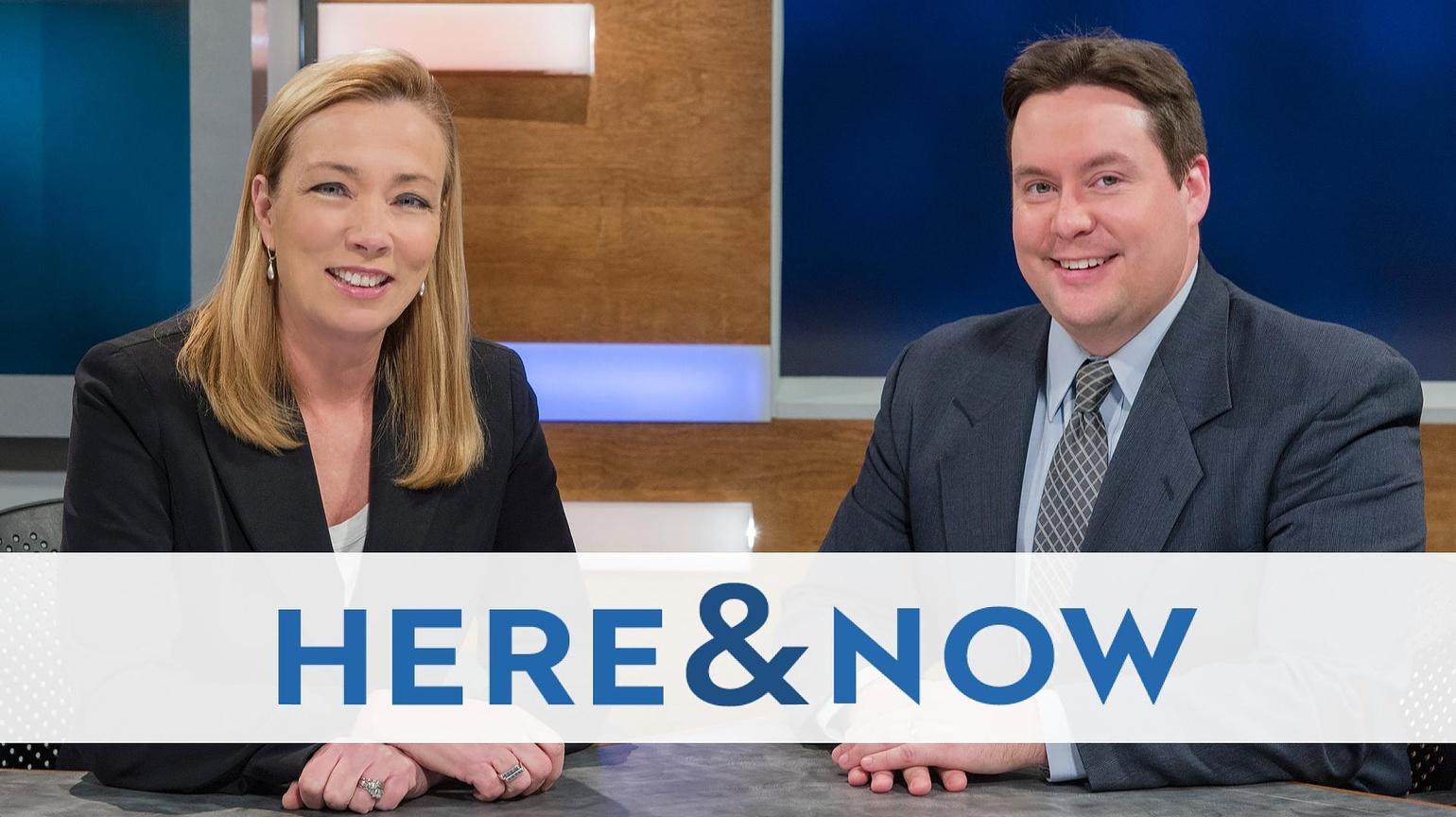
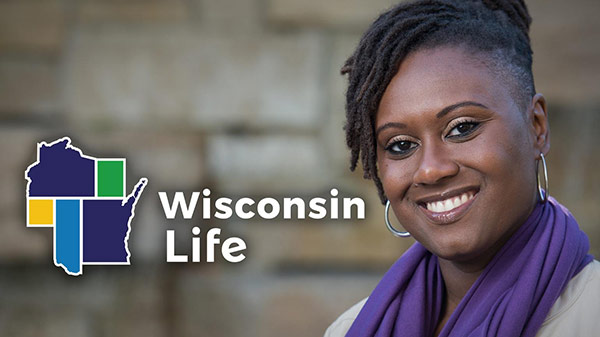
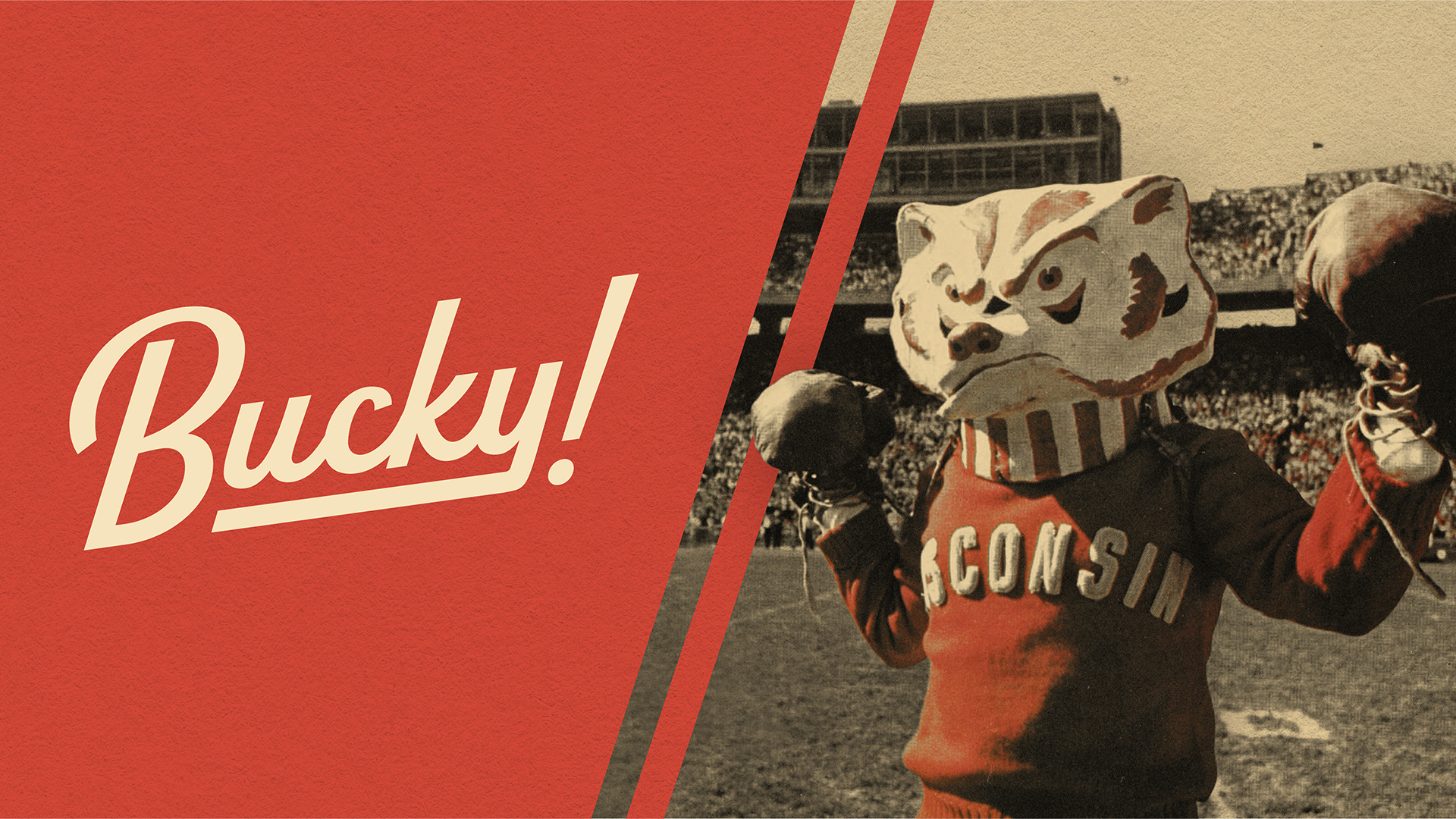
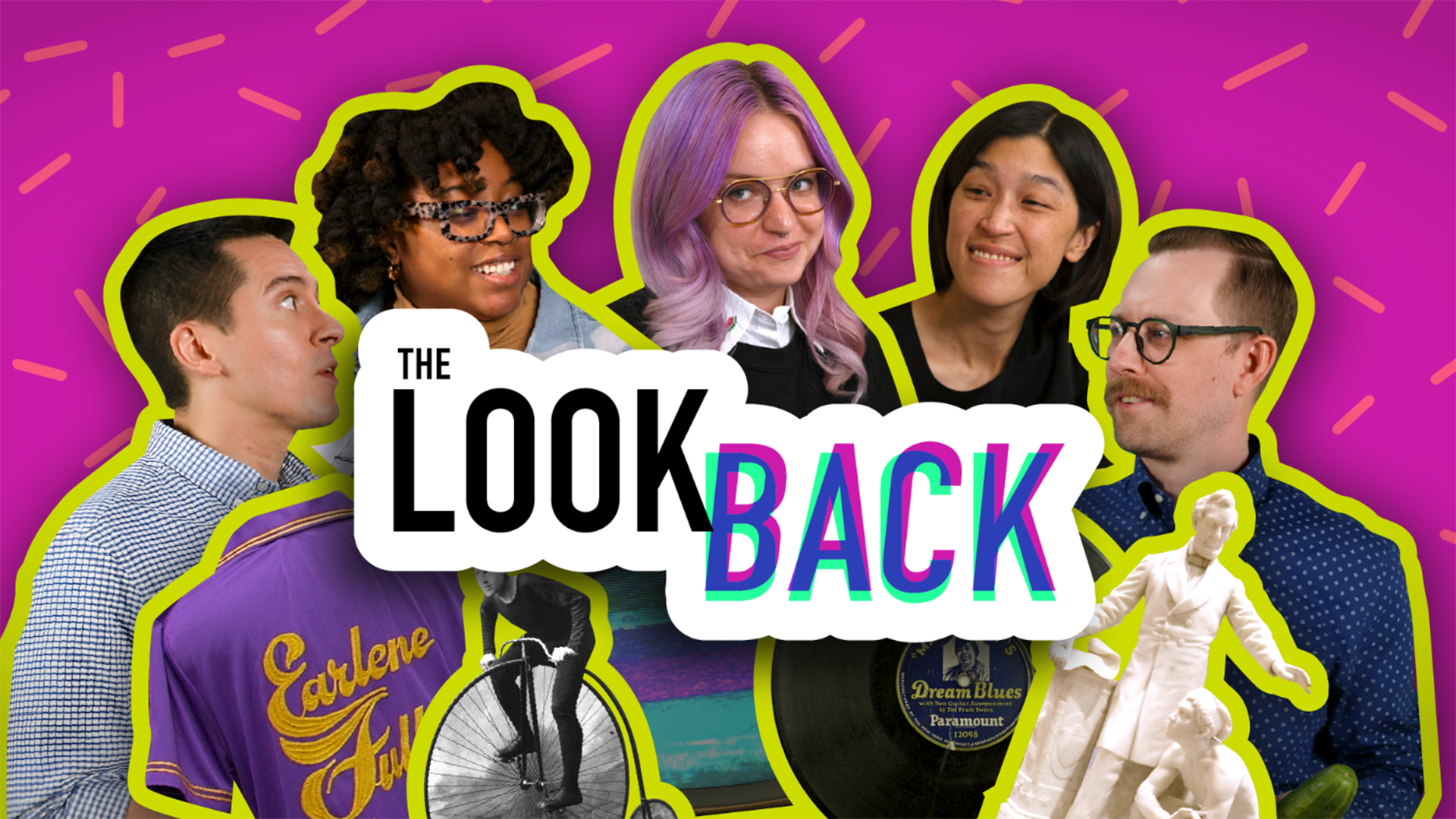

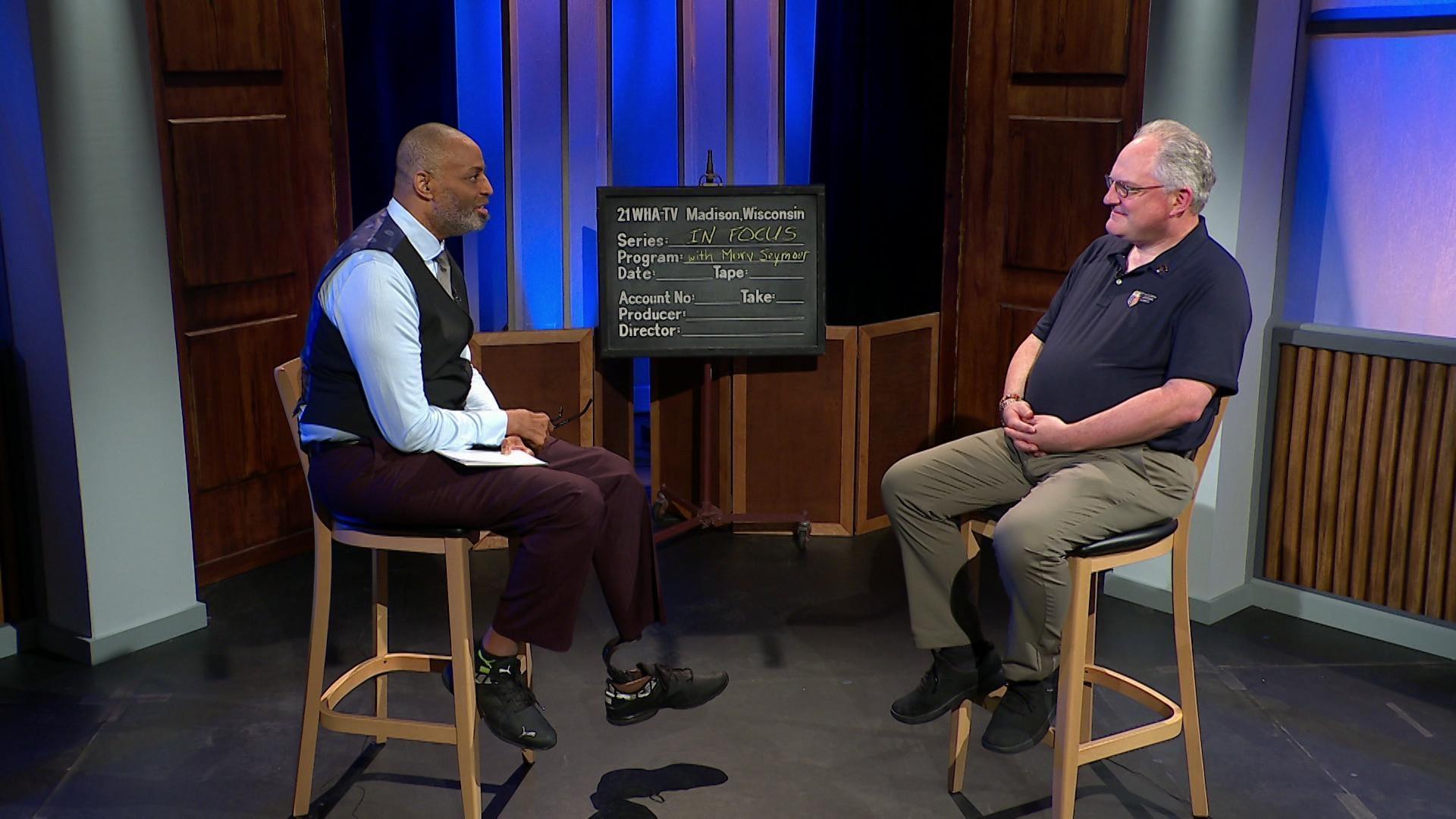
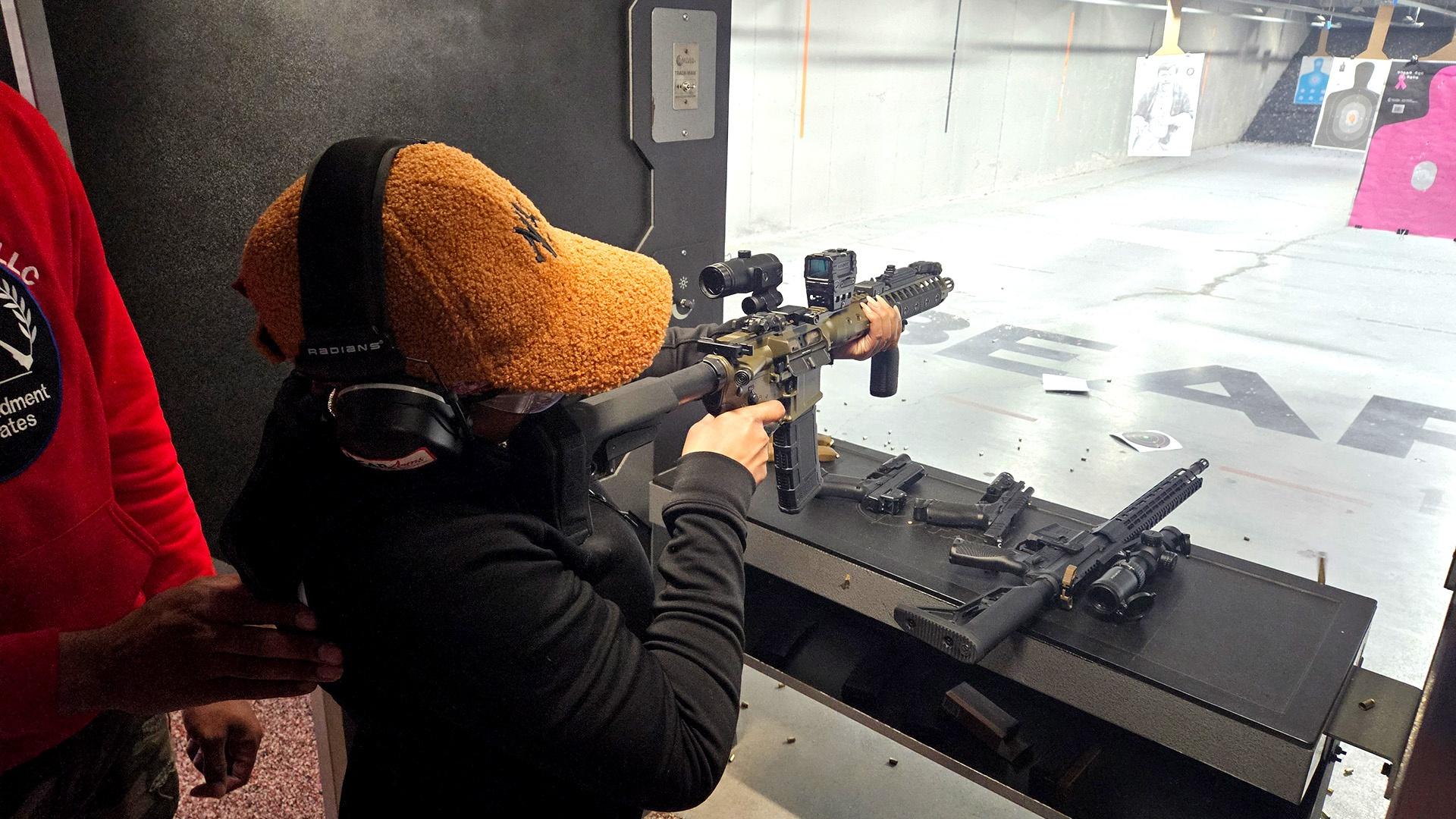
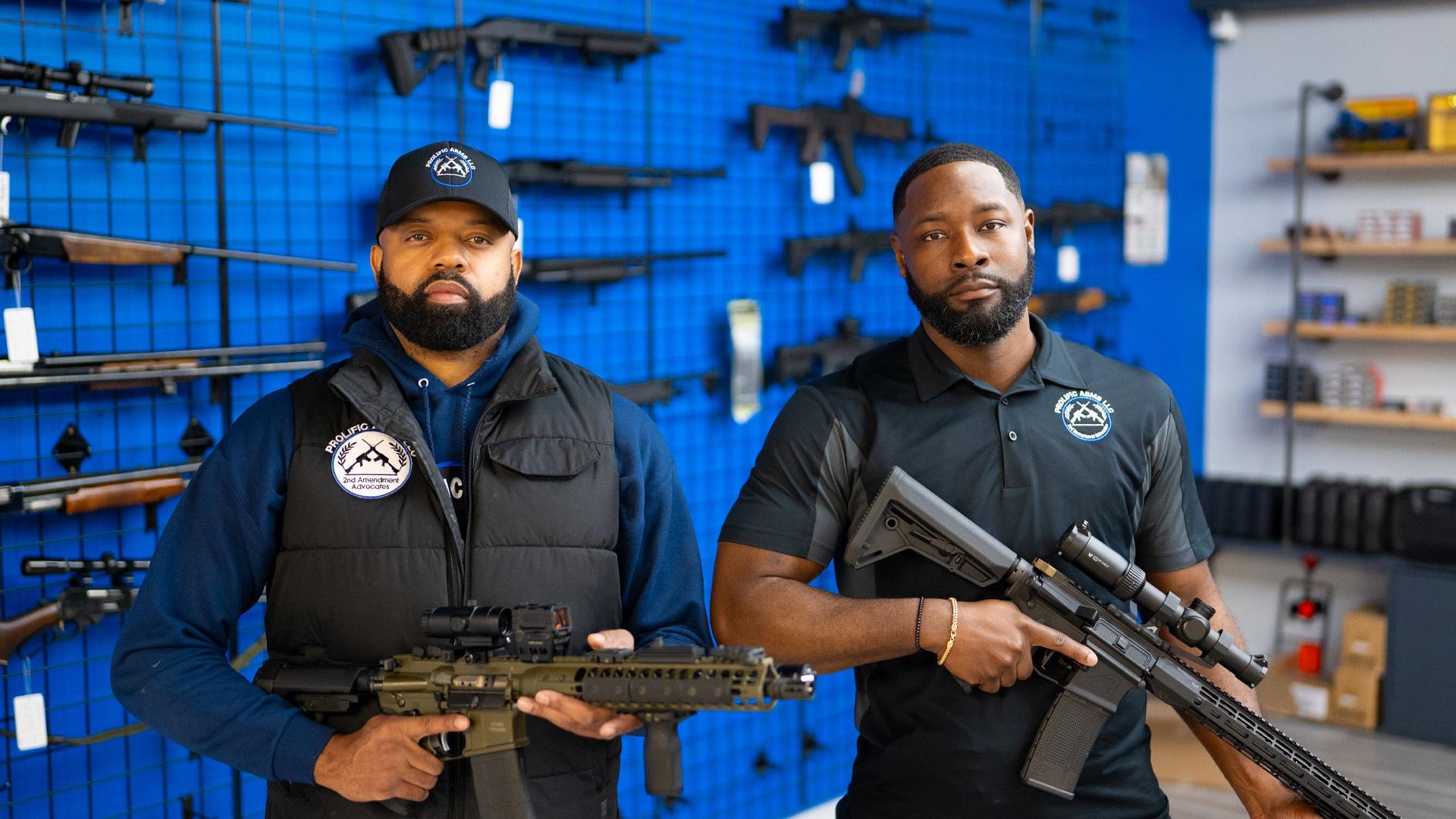
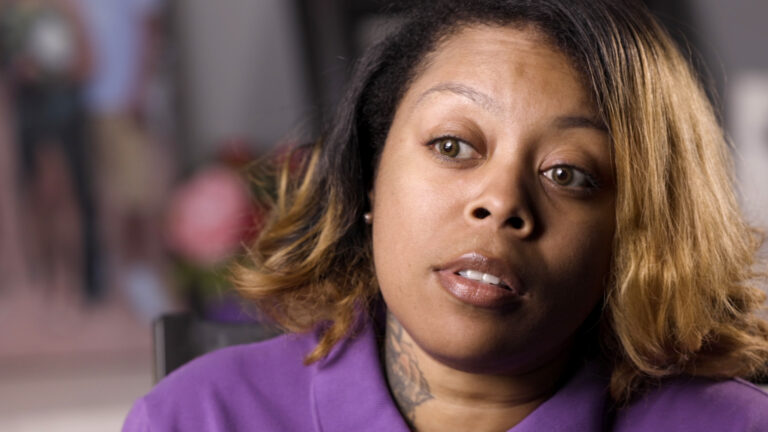
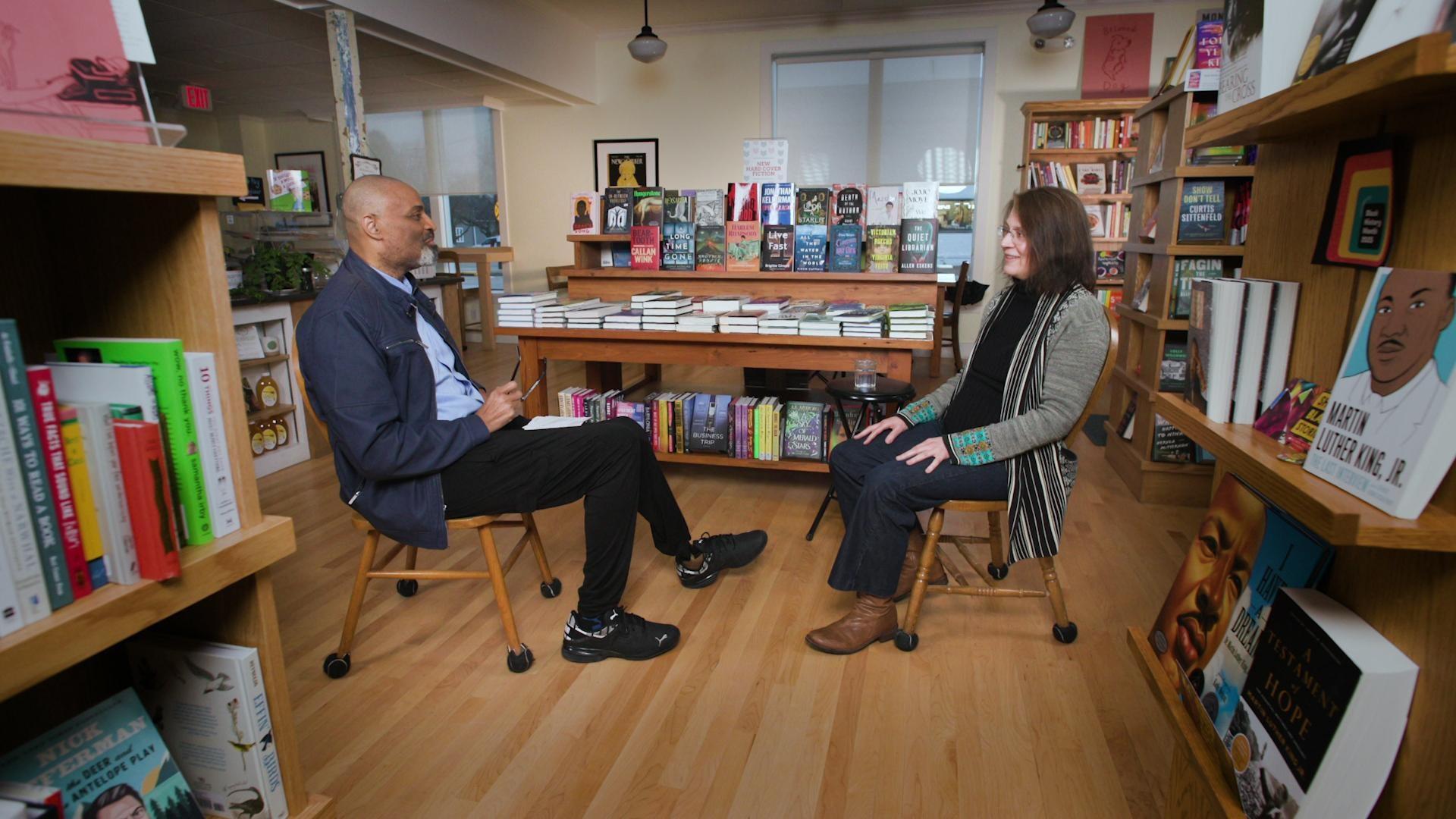
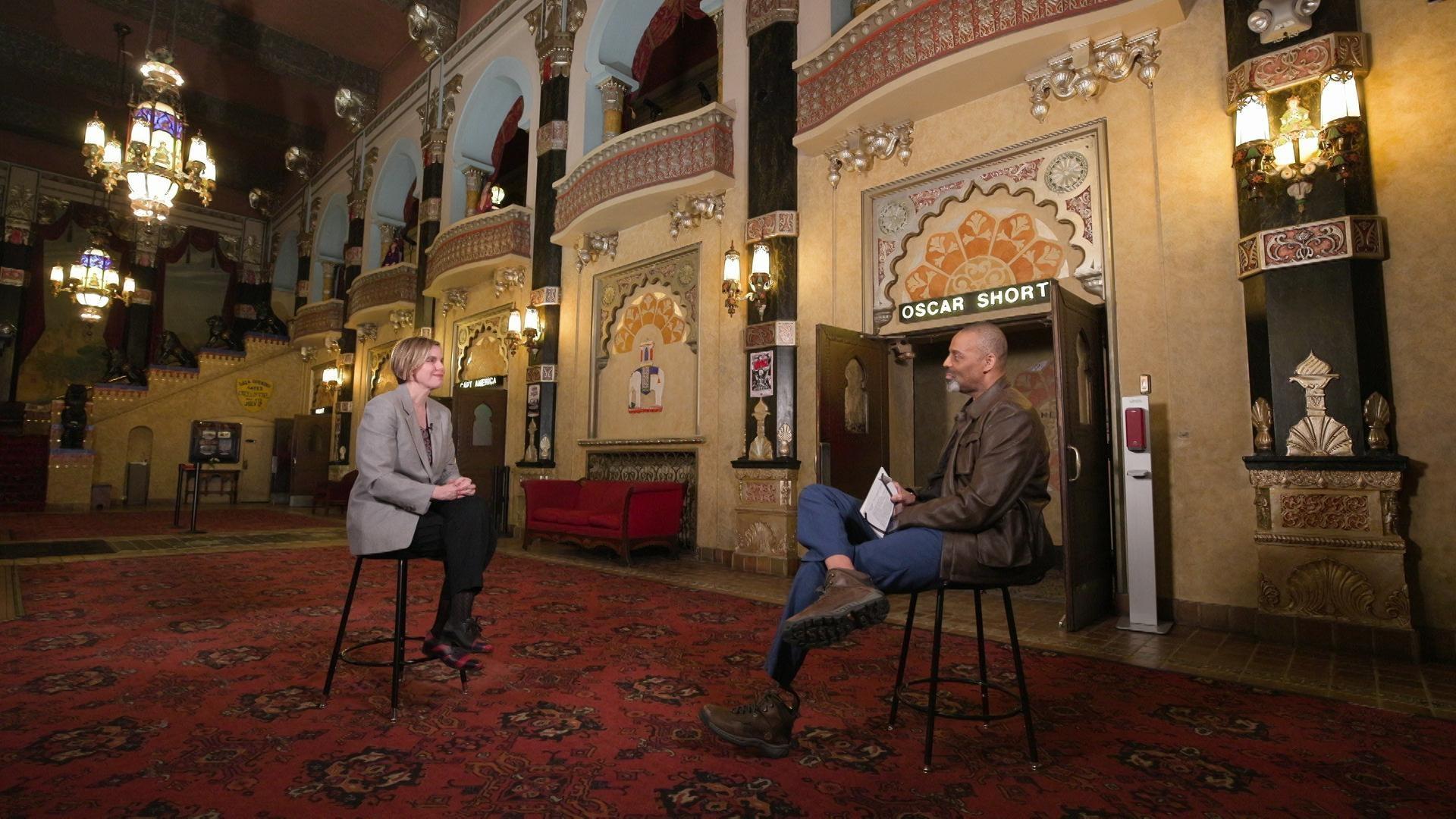

Follow Us